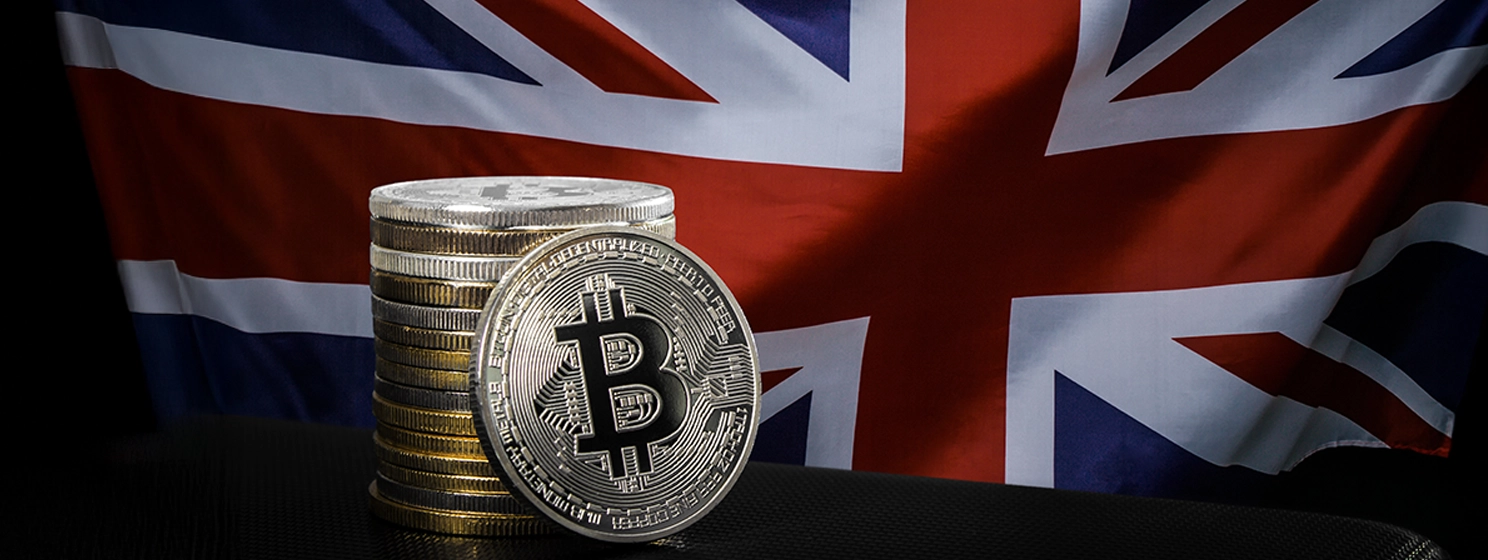|
Getting your Trinity Audio player ready...
|
The U.S. Treasury Department has some thoughts regarding stablecoins and the issuers of those dollar-denominated tokens probably didn’t love what they heard.
On October 29, Treasury released its inaugural National Strategy for Financial Inclusion report, which makes only passing reference to digital assets, and even then it was only to previous reports that largely focused on the risks of adding tokens to one’s portfolio. More recent Treasury reports have underscored these risks, including the role that stablecoins like Tether’s USDT play in facilitating crime and terrorism.
A far more consequential report summarizing a meeting of Treasury’s Borrowing Advisory Committee (TBAC) was issued on October 30. TBAC is comprised of senior execs from banks, broker-dealers, asset managers, hedge funds and insurance companies, who meet quarterly with Treasury officials to comment on various financial developments. (TBAC doesn’t currently include anyone from Cantor Fitzgerald (NASDAQ: ZCFITX), the relevance of which is discussed below.)
The TBAC meeting’s minutes cited an attending member who “observed that because most stablecoin collateral reportedly consists of either Treasury bills or Treasury-backed repurchase agreement transactions, the growth in stablecoins has likely resulted in a modest increase in demand for short-dated Treasury securities.”
In its previous quarterly ‘attestations’ of its reserve assets, Tether claimed to have around $100 billion worth of T-bills (including repurchase agreements) backing the now $121 billion in issued USDT. These T-bills are said to be custodied by Cantor Fitzgerald, a claim that Cantor CEO Howard Lutnick has publicly endorsed.
Among the crypto crowd, there are growing concerns that these T-bills could be seized by the federal government should reports of criminal charges being prepared against Tether prove accurate. That would be a boon for the issuer of the USDC stablecoin, Tether’s U.S.-based rival, Circle, which has urged the government to go after Tether’s T-bills.
The full TBAC presentation goes into even more detail on stablecoins, noting the growth of the stablecoin market from a total market cap of $5 billion in 2019 to around $166 billion today. The document warns that a Tether collapse “could lead to a fire sale of short-dated Treasuries.”
The presentation also cites a claim from a 2022 report that “over 80% of all crypto transactions now use a stablecoin as one leg of the transaction.” While Treasury expects the stablecoin market to continue growing, it notes ominously that a “’private currency’ that does not meet NQA [no questions asked] requirements leads to financial instability and as such is highly undesirable.”
A wildcat in the stable
That NQA reference refers to a lack of due diligence and was taken from a 2021 University of Chicago Law Review paper titled Taming Wildcat Stablecoins. The paper unfavorably compares stablecoins to the ‘wildcat banking’ era of the mid-nineteenth century that saw state-chartered banks issue their own currencies that ultimately failed and left countless individuals holding worthless paper.
The paper recalls that the so-called ‘private money’ era “was regularly subject to panics, collapses in value, and ultimately required the government to step in and issue a single unified form of money,” aka the dollar.
Similar panics were experienced during the 2008 financial meltdown, which saw the failure of some money market funds (MMF) that were backed by assets other than short-dated T-bills, including the sketchy commercial paper that Tether used to hold among its reserves.
The TBAC document goes on to suggest that “medium-term regulatory and policy choices will determine the fate” of this latest iteration of private currency. However, “history indicates that stablecoins cannot function as private money, and will ultimately need to be strictly regulated like government money market funds are today to hold risk-free collateral,” aka short-term T-bills.
Treasury officials have previously sought additional powers from Congress to go after “offshore dollar-denominated stablecoin providers,” despite the awareness that asking a do-nothing Congress to actually do something was always going to be an uphill slog.
Referencing plans to tokenize various real-world assets (RWA)—including T-bills—on distributed ledger/blockchain technology, the TBAC document warns that these ledgers “will also need to be developed under the auspices of Central Banks and the foundation of trust they provide.”
The warnings get even more explicit by saying that “in a similar manner to how privately-issued ‘wildcat’ currencies were replaced by government-backed central currencies in the late-1800s, Central Bank Digital Currencies (CBDC) will likely need to replace stablecoins as the primary form of digital currency underpinning tokenized transactions.”
The U.S. government has sent mixed signals regarding its CBDC intentions. This spring, Federal Reserve chair Jerome Powell was forced to deny Republican claims that the Fed was secretly working on a CBDC, while acknowledging that it was Powell’s job to stay abreast of new financial instruments.
Donald Trump has vowed that the federal government won’t issue any CBDC under his watch should he emerge victorious from next week’s presidential election. His political opponent, Kamala Harris, has yet to offer much in the way of any firm CBDC policy (or any other concrete digital asset policies, for that matter).
Stablecoins on the margins
TBAC’s presenting member cautioned that, despite the potential risks of a rapidly growing digital asset sector, the sector “currently has only marginal implications for both Treasury issuance and the health of the Treasury market.”
This undercuts the ridiculous argument that Tether and its supporters have repeatedly made to refute claims of an imminent law enforcement crackdown—namely, that Tether’s T-bill purchases are too systematically important to the federal government’s finances for it to allow Tether to fail. But since Tether’s T-bills amount to less than 0.003% of the $36 billion total supply, ‘marginal’ really is the word to use. (‘Rounding error’ would also work.)
The spurious claim that stablecoins buying T-bills was a significant tailwind in the Treasury’s sails has also been cited by the backers of Trump’s sketchy decentralized finance (DeFi) project World Liberty Financial (WLF). WLF limped out of its starting gate earlier this month and has only sold 975 million of the 20 billion WLFI tokens it clearly expected to sell on the first day of its initial coin offering.
(In a regulatory filing dated Oct. 30, WLF said it would halt WLFI sales once they total $30 million—a 90% haircut from their previous $300 million target. And since they’ve sold only $2.7 million worth of WLFI to date, even that reduced target will likely prove unattainable.)
Undeterred by this public disinterest, the WLF team is reportedly forging ahead with plans to issue its own stablecoin, despite the glaring conflicts of interest in a project backed by the possible next U.S. president issuing a token that directly competes with the U.S. dollar and may undermine the government’s ability to impose economic sanctions on America’s adversaries.
WLF is reportedly slow-walking its stablecoin plans, ostensibly to ensure it receives a better reception than WLFI, but they’re also probably waiting to see whether Trump is returning to the White House or not. Given Trump’s demonstrated refusal to accept defeat at the ballot box, the final outcome of the election might not be known for weeks or even months after Tuesday’s vote.
Among those on WLF’s team is Rich Teo, co-founder of Paxos Trust, the New York-based issuer of several dollar-denominated stablecoins. Paxos co-founder/CEO Charles Cascarilla wrote an open letter last week to both Trump and Harris urging whoever wins the race “to implement a more welcoming and clearly defined regulatory environment for digital assets.”
Cascarilla recited the sector’s usual talking points about stablecoins’ alleged ability to “ensure the supremacy of the U.S. dollar for years to come,” while also issuing dire warnings that, without a change in stablecoin regulation, “digital dollars will continue to move offshore, outside the purview of U.S. regulators and our banking system.” Cascarilla claimed that this offshoring represents “a threat to our economic competitiveness and national security.”
We can’t wait to see how hard a newly elected President Trump leans on U.S. exchanges like Coinbase (NASDAQ: COIN) to list WLF’s stablecoin alongside USDC, the stablecoin on which Coinbase is partnered with U.S.-based Circle, and from which Coinbase derives much of its (falling) revenue and on which Coinbase has based its future prospects. And also how quickly Coinbase will snap to attention and bellow ‘yes, sir!’
Watch: CBDCs are more than just digital money

 12-20-2025
12-20-2025 




